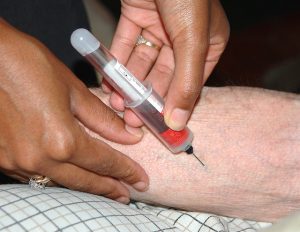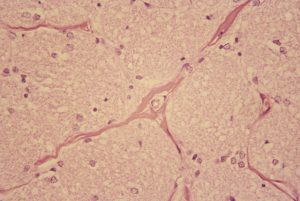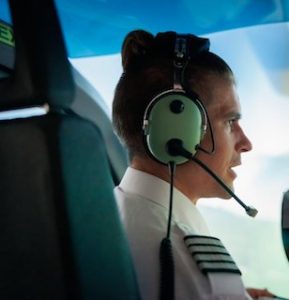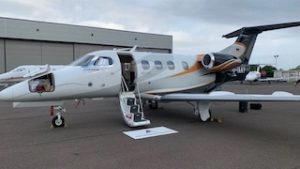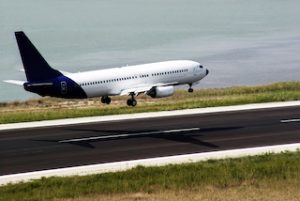Jet Orientation Course – JOC – Syllabus
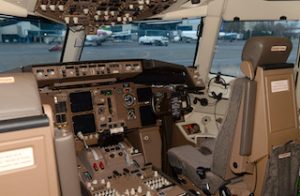 The aviation industry demands a high level of skill, knowledge, and proficiency, particularly from those aspiring to fly jets. The Jet Orientation Course (JOC) is a crucial stepping stone for pilots transitioning from flying smaller aircraft to operating jet engines. This course equips pilots with the necessary competencies to handle the complexities of jet aircraft and serves as a bridge between initial pilot training and the Multi-Crew Cooperation (MCC) course. This article delves into the detailed syllabus of a Jet Orientation Course, exploring its core components, objectives, and the essential skills imparted to trainee pilots.
The aviation industry demands a high level of skill, knowledge, and proficiency, particularly from those aspiring to fly jets. The Jet Orientation Course (JOC) is a crucial stepping stone for pilots transitioning from flying smaller aircraft to operating jet engines. This course equips pilots with the necessary competencies to handle the complexities of jet aircraft and serves as a bridge between initial pilot training and the Multi-Crew Cooperation (MCC) course. This article delves into the detailed syllabus of a Jet Orientation Course, exploring its core components, objectives, and the essential skills imparted to trainee pilots.
Course overview
The Jet Orientation Course (JOC) is designed to introduce pilots to the unique challenges and operational procedures associated with jet aircraft. The course typically spans one to two weeks, depending on the training provider, and includes both theoretical and practical training modules. The primary aim is to ensure that pilots gain a fundamental understanding of jet aircraft operations, including handling characteristics, systems management, and the dynamics of multi-crew environments.
Theoretical training
1) Jet aircraft systems
One of the foundational elements of the JOC syllabus is an in-depth study of jet aircraft systems. This module covers the various systems that are integral to the operation of jet aircraft, including:
-
- Power plant systems: Understanding jet engines, their operation, and associated subsystems such as fuel, lubrication, and ignition.
- Electrical systems: Comprehensive coverage of electrical power generation, distribution, and management within the aircraft.
- Hydraulic systems: Insight into the hydraulic systems that control essential aircraft functions like landing gear, brakes, and flight controls.
- Environmental control systems: Study of the systems that manage cabin pressurisation, air conditioning, and oxygen supply.
This knowledge is crucial for pilots to diagnose and respond to system malfunctions effectively.
2) Aerodynamics and performance
Jet aircraft exhibit different aerodynamic characteristics compared to propeller-driven planes. The JOC syllabus includes an extensive module on jet aerodynamics and performance, which covers:
-
- High-speed aerodynamics: Principles of flight at high speeds, including the effects of compressibility and wave drag.
- Jet engine performance: Factors influencing jet engine performance, including thrust, fuel efficiency, and altitude considerations.
- Performance calculations: Practical training on performance calculations such as takeoff and landing distances, climb performance, and fuel planning.
Understanding these principles is essential for safe and efficient jet operations.
3) Flight planning and management
Effective flight planning and management are critical skills for jet pilots. This module focuses on:
-
- Route planning: Techniques for planning efficient and safe flight routes, considering factors such as weather, airspace restrictions, and fuel requirements.
- Fuel management: Strategies for managing fuel consumption and reserves, including in-flight fuel monitoring and contingency planning.
- Weight and balance: Calculating and managing aircraft weight and balance to ensure safe flight operations.
These skills are vital for ensuring that flights are conducted within safe operational limits.
4) Jet handling techniques
Jet aircraft require specific handling techniques due to their higher speeds and different control characteristics. The JOC syllabus includes training on:
-
- High-speed handling: Techniques for controlling the aircraft during high-speed phases of flight, such as climb, cruise, and descent.
- Jet-specific manoeuvres: Performing manoeuvres unique to jet aircraft, such as steep turns, rapid descents, and high-altitude operations.
- Automation management: Effective use of flight management systems, autopilot, and other automated systems to enhance flight safety and efficiency.
Proficiency in these techniques is crucial for maintaining control and ensuring passenger safety.
Practical training
1) Simulator training
A significant portion of the JOC is dedicated to simulator training, where pilots can practice and refine their skills in a controlled environment. Simulator sessions typically include:
-
- Normal operations: Practice of standard procedures, including takeoff, climb, cruise, descent, and landing.
- Abnormal and emergency procedures: Training on handling various abnormal and emergency situations, such as engine failures, system malfunctions, and adverse weather conditions.
- Crew resource management (CRM): Emphasis on effective communication, decision-making, and teamwork in a multi-crew environment.
Simulator training allows pilots to experience and manage real-world scenarios without the associated risks.
2) Line-oriented flight training (LOFT)
Line-Oriented Flight Training (LOFT) simulates real-world flight operations, providing pilots with practical experience in a scenario-based training environment. LOFT sessions typically cover:
-
- Pre-flight preparation: Conducting thorough pre-flight briefings, route planning, and aircraft checks.
- In-flight operations: Executing flight plans, managing in-flight contingencies, and adhering to standard operating procedures (SOPs).
- Post-flight analysis: Conducting debriefings to review performance, identify areas for improvement, and reinforce learning points.
LOFT is an essential component of the JOC, as it integrates theoretical knowledge and practical skills in a realistic setting.
Assessment and evaluation
The JOC syllabus includes rigorous assessment and evaluation to ensure that trainee pilots meet the required standards. Assessment methods typically include:
- Written exams: Testing theoretical knowledge on subjects such as aircraft systems, performance, and flight planning.
- Simulator check rides: Evaluating practical skills in handling jet aircraft, managing emergencies, and operating in a multi-crew environment.
- Continuous assessment: Ongoing evaluation of performance during training sessions, with feedback provided to support continuous improvement.
Successful completion of these assessments is necessary for pilots to progress to the next stage of their training.
Additional considerations
1) Human factors and safety management
Understanding human factors and their impact on aviation safety is a critical aspect of the JOC syllabus. This module covers:
-
- Human performance and limitations: Factors affecting pilot performance, such as fatigue, stress, and workload management.
- Safety culture: Promoting a safety-first mindset and adherence to best practices in aviation safety.
- Risk management: Identifying, assessing, and mitigating risks in flight operations.
Awareness of human factors is essential for reducing the likelihood of errors and enhancing overall flight safety.
2) Regulatory knowledge
Compliance with aviation regulations is mandatory for all pilots. The JOC syllabus includes training on relevant regulations and standards, such as:
-
- International Civil Aviation Organization (ICAO) standards: Understanding the global regulatory framework governing aviation operations.
- Local aviation authority regulations: Familiarity with national regulations and requirements specific to the region of operation.
- Operational procedures: Adherence to airline-specific SOPs and company policies.
Regulatory knowledge ensures that pilots operate within legal and safety boundaries.
Essential milestone for pilots
The Jet Orientation Course (JOC) is a comprehensive training program designed to equip pilots with the necessary skills and knowledge to transition from propeller-driven aircraft to jet engines. The syllabus covers a wide range of topics, including jet aircraft systems, aerodynamics, flight planning, handling techniques, and human factors. Through a combination of theoretical instruction, practical simulator training, and real-world scenario exercises, the JOC prepares pilots to handle the complexities of jet operations and lays the foundation for further training in multi-crew cooperation.
By the end of the course, pilots are expected to demonstrate proficiency in managing jet aircraft, effectively utilizing automation, and operating within a multi-crew environment. The rigorous assessment and continuous evaluation ensure that only those who meet the highest standards progress to the next stage of their aviation careers. The JOC is an essential milestone for any pilot aspiring to fly jets, providing the crucial skills and confidence needed to navigate the skies safely and efficiently.



